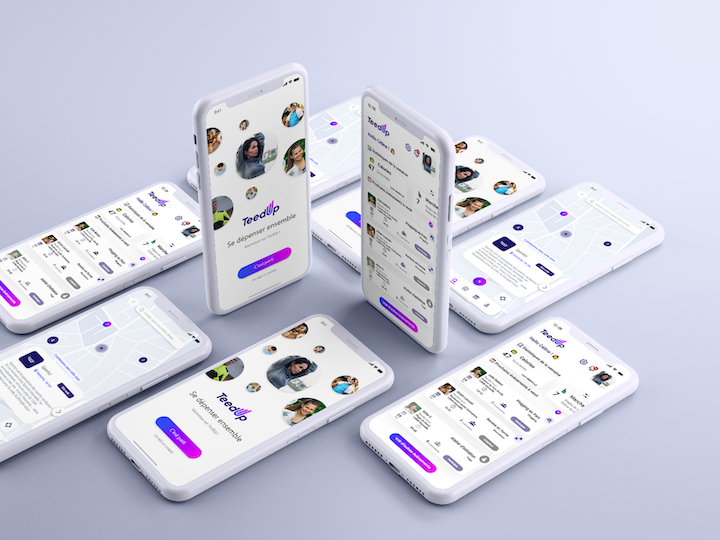With the digital revolution, more and more companies are integrating mobile applications into their workflow to extend their business reach.
Mobile applications are nowadays the most dynamic and interactive business tool, allowing a strong connection with a company’s customers. Therefore, many companies have chosen to integrate a mobile application into their project in order to expand the possibilities of brand adherence. This digital tool has several advantages that we have listed in the following article.
However, a crucial question arises during its development. Should you opt for a native or hybrid version?
Unlike the hybrid version, the native version is developed for a particular operating system (Android or iOS). However, it is faster, more fluid, and more secure than the hybrid version.
Here is a non-exhaustive list of differences between a native and a hybrid application.
The long-term reach of the application
Native platforms, backed by Google and Apple, easily have the tools to implement any functionality, resolve errors and launch updates without affecting the use of the application.
The hybrid platform, on the other hand, does not make updates a top priority. Tools and updates are not synchronized with Apple and Google, making it critical to create and launch future updates. In addition, it is difficult to know how long the support will last.
Acceptance in stores
A native app is easier to publish and is usually ranked higher in the platform’s app store, as it offers better performance and speed.
So, in terms of programming language preferences, we lean towards Java/Kotlin for Android and Swift for iOS over React Native.
Development time
The most important thing to consider when comparing the native and hybrid approach is that code is written individually for Android and iOS platforms due to their technical variations. Therefore, you will need to designate one team for Android development and another for iOS development to make your application available on both platforms.
In a hybrid version, only one code is written for both platforms by the same developers, which means you can create hybrid apps for Android and iOS using the same codes. In addition, the concept of hot reloading makes it easy to deploy the project without having to rebuild it, which reduces the effort and time needed to develop a hybrid app.
So, if you want to enter the mobile market earlier and at a lower cost while targeting both platforms, go for the hybrid.
Cost of the mobile application
According to leading mobile app development companies, hybrid app development can cost up to 25% less than native apps for the same app project.
Performance
Another factor in comparing native and hybrid app development is the performance of the app.
Hybrid works with JavaScript that runs on only one dedicated thread on the device. It cannot run multiple asynchronous tasks at the same time. In addition, the framework does not support many popular modules and features. This makes it incompatible with native device features, advanced technologies, and complex manipulations.
On the other hand, native applications are developed using Swift, Java, or Kotlin, which are more powerful than JavaScript for working on advanced features, performing heavy calculations, and integrating advanced hardware devices. This makes it easier to create any type of application using native technologies.
Support for native modules
The hybrid version does not have the necessary APIs to cover all native mobile features. To use these inaccessible APIs, the hybrid app adds native module support, which requires the chosen company to know how to code in both native languages.
Application security
The hybrid framework is based on JavaScript, which is not a strongly typed and OOP (Object Oriented Programming) language like the native application development languages, namely Java and Kotlin (for Android) and Objective-C and Swift (for iOS). In addition, several third-party libraries and APIs are used in the hybrid case, which makes it difficult to identify errors and flaws in the development process.
Therefore, the native application is more efficient in terms of security.





